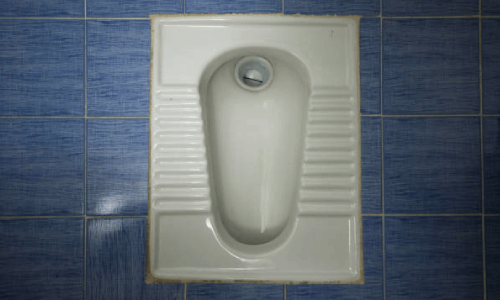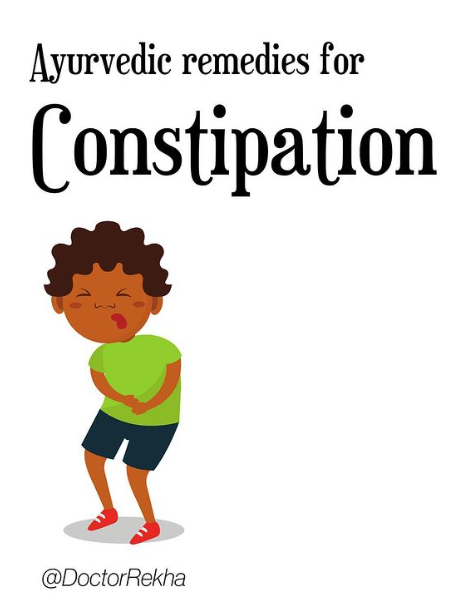As a doctor, I’ve encountered a multitude of medical conditions throughout my career. But there’s one particular ailment that always presents a unique challenge – constipation. It’s a condition that can range from mildly uncomfortable to downright distressing for patients. Finding the proper treatment requires a delicate balance of medical expertise and empathy. I… Continue reading Why Indian squat toilets are the best?
Why Indian squat toilets are the best?


